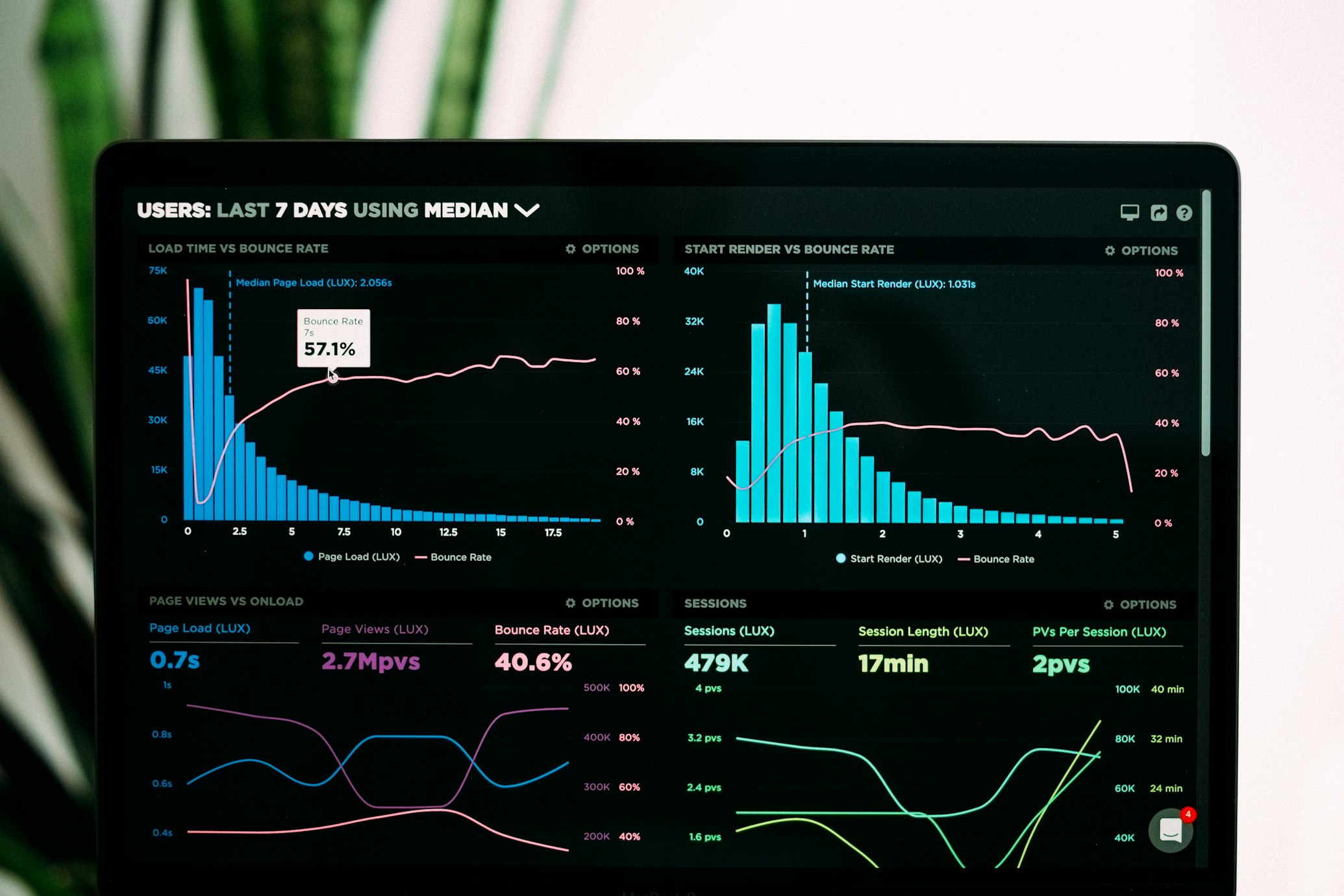📚 Table of Contents
- ✅ Defining the Frontiers: Green Finance and the Virtual Workspace
- ✅ Green Bonds Investment: A Deep Dive into a Sustainable Career
- ✅ VR/AR Remote Work: Unpacking the Future of Digital Collaboration
- ✅ Skills and Qualifications: The Tools for Success
- ✅ Market Outlook and Career Trajectory
- ✅ Lifestyle and Personal Fit
- ✅ Conclusion
Imagine standing at a professional crossroads where one path leads towards the tangible, impactful world of global finance aimed at saving the planet, while the other propels you into a limitless digital realm where the very concept of an office is being redefined. This is the modern career dilemma: should you channel your ambitions into the rapidly growing field of green bonds investment, or dive headfirst into the revolutionary domain of VR/AR remote work? Both represent the vanguard of 21st-century industries, promising not just jobs, but missions. Your choice will shape not only your daily routine and income but also the kind of legacy you wish to build. This article provides a comprehensive, in-depth comparison to help you navigate this critical decision.
Defining the Frontiers: Green Finance and the Virtual Workspace
To make an informed choice, we must first understand the core of each field. Green bonds investment is a specialized niche within the broader sustainable finance sector. A green bond is fundamentally a fixed-income instrument specifically designed to raise capital for projects with positive environmental benefits. This isn’t just about profit; it’s about purpose-driven capital allocation. The proceeds are exclusively applied to financing or re-financing new or existing eligible green projects, such as renewable energy installations, energy efficiency upgrades, clean transportation, sustainable water management, and climate change adaptation. A career here means you are at the intersection of finance, policy, and environmental science, acting as a crucial gatekeeper and facilitator for the flow of capital that will build a sustainable future.
On the other side of the spectrum, VR/AR remote work is not merely about wearing a headset to attend a meeting. It represents a fundamental shift in how we conceive of work, collaboration, and presence. Virtual Reality (VR) immerses users in a completely digital environment, while Augmented Reality (AR) overlays digital information onto the physical world. In a professional context, this technology is being used to create immersive virtual offices, conduct complex 3D design reviews, provide remote expert assistance, and train employees in hyper-realistic simulations. A career in this field could mean you are developing the software, designing the virtual spaces, managing the teams that use these tools, or being a power user who thrives in this new environment. It’s about building and inhabiting the next iteration of the internet: the spatial web.
Green Bonds Investment: A Deep Dive into a Sustainable Career
Pursuing a career in green bonds investment is a commitment to becoming an expert in a complex, rapidly evolving market. Your typical day might involve rigorous financial analysis, but with a unique twist. You would be scrutinizing the environmental impact reports of a solar farm developer in Chile, assessing the creditworthiness of a municipality issuing bonds for electric bus infrastructure, and ensuring the project aligns with international frameworks like the Green Bond Principles or the EU Taxonomy for Sustainable Activities. This role demands a dual focus: a sharp eye for financial risk and return, and a deep understanding of environmental, social, and governance (ESG) criteria.
The ecosystem of green finance offers diverse roles. You could be an Analyst at a credit rating agency, developing methodologies to score the “greenness” of a bond. You could work as an Underwriter at an investment bank, helping corporations structure and bring their green bonds to market. Alternatively, you might be a Portfolio Manager at an asset management firm, constructing investment funds that specifically target green bonds to meet the growing demand from institutional and retail investors who are increasingly values-driven. The work is often high-stakes, involving multimillion-dollar transactions and collaboration with governments, multinational corporations, and NGOs. The satisfaction comes from knowing that your financial acumen is directly funding the transition to a low-carbon economy.
VR/AR Remote Work: Unpacking the Future of Digital Collaboration
A career centered on VR/AR remote work is inherently multifaceted, blending technical prowess with creative vision and human-centered design. The applications extend far beyond virtual meetings. Consider a global manufacturing company where engineers from Germany, the US, and Japan don VR headsets to collaboratively inspect a full-scale 3D model of a new jet engine, identifying potential issues before a single piece of metal is cut. Or an architect using AR glasses to walk a client through a life-sized holographic rendering of their new home while it’s still in the blueprint stage. In healthcare, surgeons use AR overlays for complex procedures, and therapists use VR for exposure therapy.
Career paths here are exceptionally varied. You could be a Software Developer specializing in game engines like Unity or Unreal Engine, which are the bedrock of most VR/AR experiences. You might be a 3D Artist or UX Designer, crafting intuitive and engaging virtual interfaces and environments. There is a growing need for Solutions Architects who can design and implement VR/AR workflows for large enterprises, and Community/Team Managers who specialize in fostering company culture and collaboration within these digital spaces. For the non-technical professional, being an adept user of these platforms—a “digital native” of the metaverse—can itself be a valuable career asset, allowing you to work and lead from anywhere in the world with unprecedented levels of immersion.
Skills and Qualifications: The Tools for Success
The skill sets required for these two paths are distinct, reflecting their different domains.
For green bonds investment, a strong quantitative foundation is non-negotiable. You will typically need a bachelor’s degree in Finance, Economics, or a related field, with many professionals holding advanced degrees like an MBA or a Master’s in Finance. Professional certifications such as the Chartered Financial Analyst (CFA) designation are highly regarded. Crucially, you must supplement this with expertise in sustainability. This could come from a specialized Master’s in Environmental Management, certificates in ESG investing, or deep, self-directed learning. Key skills include advanced financial modeling, risk assessment, a firm grasp of regulatory frameworks, and exceptional communication skills to articulate the value and impact of green projects to investors.
For VR/AR remote work, the required skills are heavily tilted towards technology and design. A background in Computer Science, Software Engineering, 3D Design, or Human-Computer Interaction is common. Proficiency in C# or C++ (for development in Unity/Unreal), 3D modeling software (like Blender or Maya), and an understanding of spatial computing principles are the core technical requirements. However, “soft skills” are equally critical. This field demands immense creativity, problem-solving abilities, and a user-centric mindset to create experiences that are not only functional but also intuitive and comfortable. For roles focused on using the technology, adaptability, strong digital communication skills, and self-discipline are paramount for thriving in a remote, often asynchronous, work environment.
Market Outlook and Career Trajectory
Both fields are on explosive growth trajectories, but their long-term evolution may differ.
The green bonds market has grown from a niche concept to a mainstream financial instrument. According to Climate Bonds Initiative, the global green bond market surpassed half a trillion dollars in annual issuance. This growth is propelled by global net-zero commitments, regulatory pushes, and intense investor demand for sustainable assets. A career here offers stability within the established framework of global finance, with a clear trajectory towards roles like Senior Analyst, Director of Sustainable Finance, or Chief Impact Officer. The compensation is typically aligned with high-finance roles, offering significant earning potential. The risk is that the field is subject to regulatory changes and the ongoing need to combat “greenwashing,” requiring constant vigilance and adaptation.
The VR/AR sector</strong is synonymous with rapid, disruptive innovation. While currently led by the gaming and entertainment industries, its application in enterprise and remote work is the next frontier. The proliferation of more affordable and capable hardware (like the Meta Quest Pro and Apple Vision Pro) is set to accelerate adoption. Careers here offer the potential for rapid advancement and the thrill of working on cutting-edge technology. However, this also comes with higher volatility; the industry is competitive, and specific platforms or companies may rise and fall. Your career trajectory might be less linear, involving shifts between startups and tech giants, with compensation often including equity, which carries its own risks and rewards.
Lifestyle and Personal Fit
Ultimately, your decision may come down to which professional lifestyle resonates with you.
A career in green bonds investment often, though not always, aligns with a more traditional corporate environment. You are likely to be based in major financial hubs like New York, London, or Singapore, working for banks, asset managers, or consulting firms. The work culture can be fast-paced, client-facing, and involve a significant amount of screen-based analysis, report writing, and high-level meetings. The impact of your work is profound but often indirect and measured on a macro scale—through gigatons of CO2 reduced or megawatts of clean energy generated.
In contrast, a career in VR/AR remote work inherently offers radical flexibility and location independence. You could be working from a coffee shop in Lisbon, a co-working space in Bali, or your home office in a suburban town. The culture is often more casual, agile, and project-based, mirroring the tech startup world. The impact of your work is direct and tangible—you can see and interact with the software you built or the virtual environment you designed. However, this requires a high degree of self-motivation and the ability to manage the potential isolation that can come with remote work, making a conscious effort to build community essential.
Conclusion
The choice between a career in green bonds investment and one in VR/AR remote work is a choice between two powerful visions for the future. One seeks to finance a sustainable physical world, while the other builds the foundational layer for a new digital one. The former demands analytical rigor within established systems to drive environmental change, while the latter requires technical creativity to dismantle and rebuild the very concept of workplace presence. There is no universally correct answer. Your decision should be guided by a honest assessment of your skills, your appetite for risk, your desired work environment, and, most importantly, which mission—repairing our planet or constructing its digital twin—ignites your passion and gives your professional life a deeper sense of purpose.


Leave a Reply